Cheek Piercing: Types, Pain, Healing, Jewelry, And Cost
Add a cutesy edge to your look with this unique piercing.

Image: Shutterstock
If you have always wanted to get a gorgeous facial piercing that highlights your face just right, you can opt for a cheek piercing. It involves piercing the area just above the side of the mouth, typically where a dimple would be, giving it the moniker ‘dimple piercing.’ This eye-catching piercing can also help enhance an existing dimple and add that extra sparkle to your look. But before you rush to book that appointment, it is important to understand the process and risks involved as this piercing is done in a very delicate area of your face. Whether you are a seasoned piercing enthusiast or a beginner stepping into this world, keep reading to learn more about the different types of cheek piercing, the aftercare required for it, and more.
 Piercing Guide: Cheek Piercing
Piercing Guide: Cheek Piercing- Placement: The side of the cheek where a dimple typically is
- Best Jewelry: Studs
- Cost: $30 to $100
- Pain Level: Medium
- Healing Time: 8 to 12 weeks
In This Article
Cultural Significance Of Cheek Piercings
Cheek piercings have a lot of cultural significance in different parts of the world, symbolizing identity, spirituality, or beauty standards. In some tribal cultures, cheek piercings are linked to rites of passage or heritage, while in others, they enhance facial aesthetics and individuality, blending tradition with self-expression. For example, in certain South Asian countries like India, cheek piercings are sometimes part of religious rituals, such as Thaipusam, a Hindu festival dedicated to Lord Murugan. Similarly, in Thailand and Myanmar, these piercings are commonly done during spiritual festivals like The Nine Emperor Gods Festival, symbolizing devotion and endurance.
Now that you have learned about the cultural significance of cheek piercings, discover their different types in the following section!
Key Takeaways
- Cheek piercings involve piercing the area where dimples are supposed to be.
- Following aftercare guidelines such as gargling your mouth with saline solution and avoiding smoking can help reduce the risk of infection and tooth damage.
- Your piercer may recommend using high-grade titanium or stainless steel to reduce the risk of allergic reactions.
Types Of Cheek Piercings
While the dimples definitely make a cute cheek piercing location, you can experiment with different locations for a new look. Here are the types of cheek piercings you can check out:
1. Surface Cheek Piercing
View this post on Instagram
This type involves getting two piercings across the surface of the cheeks with a surface bar connecting the two holes. It is a viable option for those who do not want to commit to a permanent look. You can do a surface piercing on your cheekbones or the upper cheeks.
2. Dermal Cheek Piercing
View this post on Instagram
This involves puncturing the flat surface of the upper or lower cheek with an entry point but no exit hole. The base of the jewelry or dermal anchor sits in the inner layer of the skin (dermis) while the top ornament is screwed on top.
 Trivia
TriviaThe types of cheek piercings allow people to choose the one that captures their essence perfectly. But before you do so, check out the cost of this procedure in the next section.
Cost Of A Cheek Piercing
The cost may vary depending on factors such as the piercing studio’s location and the piercer’s expertise. The price of a cheek piercing can range between $30-$100. Plus, the type and material of the cheek piercing jewelry may incur additional costs. Therefore, talk to a reputable piercer to ensure you can save up money accordingly for the procedure.
Cheek piercings are done in an extremely sensitive region that requires expert knowledge and skill to ensure the experience is as comfortable as possible for the client. Scroll down to understand its pain level.
How Painful Is A Cheek Piercing?
The pain level of the piercing procedure is tolerable, with many reporting the pain level between 4-6 on a scale of 10. This may be due to the absence of cartilage in the area. However, it is important to remember that the pain level may vary depending on the individual’s pain threshold.
You may experience some discomfort and swelling during the healing process. You may even taste blood when you eat or talk. However, this is short-lived as the wound slowly heals.
It is important to talk to a professional piercer to help you prepare yourself physically and mentally for the procedure. Check out the next section to understand what it entails.
What Is The Procedure For A Cheek Piercing?

Your piercer will take you through the following steps to ensure you have a safe and comfortable experience:
- The piercer will examine your mouth to locate your parotid ducts (a tube responsible for depositing saliva in the mouth).
- They will mark them to avoid puncturing them during the piercing process. They will also mark the intended areas with a body-safe marker.
- You can check the marked points in the mirror to know what it will look like after the piercing.
- They will instruct you to wash your mouth with an oral rinse. You can ask for a topical anesthetic if you want to numb the pain.
- The piercer will use a hollow needle or a piercing gun to pierce your cheeks from either the inside or the outside. If it is done from the outside, they may ask you to put a cork in your mouth to avoid damaging the tongue or gum during the piercing.
- Once done, the piercer will use a threaded needle to insert the jewelry in one swift motion.
The real journey begins after the piercing procedure is complete. So, before you go and get those piercings, it is important to understand the healing time to ensure it does not disrupt your daily activities or lifestyle. Find out more below.
What Is The Healing Time For A Cheek Piercing?
Almost all types of piercings take between 8-12 weeks to heal. If you have a cheek piercing, You may experience excessive swelling and discomfort and may have difficulty in eating, chewing, and talking. The cheek movement may slightly prolong the healing period. But remember, factors such as the individual’s immunity and how diligently they follow aftercare instructions will ultimately determine the speed of their recovery.
K. Marie, a blogger, shared her healing journey after getting a cheek piercing in her blog. She writes, “After 2 days, my cheeks had swollen so much they were twice the size. I looked like a chipmunk who got stung by a bee, NOT attractive. This lasted for about a week. During this it was also very weepy and yucky and crusty, and just eww (i).”
You may also need to get your cheek piercing jewelry switched to a smaller one. The initial jewelry needs to be long to accommodate swelling. However, once the swelling subsides, you may need to change it into one with a smaller rod to avoid breaking your teeth.
Following the aftercare instructions provided by your piercer will help optimize and speed up your recovery process. Learn about them in the section below.
Aftercare Tips For A Cheek Piercing
Given its placement, cheek piercing needs extra vigilance and care. You need to follow proper aftercare measures during the healing period to reduce the risk of complications. Some of them include (1):
- Wash your hands thoroughly before touching the piercing to avoid introducing bacteria into the piercing site.
- Clean the outside of the piercing with saline solution and a cotton swab. Gently pat the area dry with a fresh paper towel or tissue
- Apply a cold compress on the piercing site for 10-15 minutes daily to alleviate swelling.
- Avoid turning the jewelry as it can irritate the piercing and damage the teeth.
- Rinse your mouth with non-alcoholic, antiseptic mouthwash after every meal.
- Keep harsh products such as makeup, sunscreen, and moisturizer away from the piercing.
- Avoid kissing or other intimate activities related to the mouth during the healing period.
 Quick Tip
Quick TipWhile aftercare is essential for optimizing your healing process, one must take certain precautions while eating and talking to keep the piercing healthy. Check out the next section to know more.
Cheek Piercing Precautions
If you want your piercing to heal properly without any complications, you need to follow the precautions given below (1):
- Use a soft-bristled brush to avoid damaging the teeth and irritating the piercing.
- Refrain from getting the piercing if you will be traveling or unable to take care of it properly for at least eight weeks.
- Get the piercing only after you have dealt with the dental problems.
- Visit the dentist frequently for regular checkups to ensure there is no dental damage.
- Do not put on makeup before and after getting the piercing.
- Practice caution when opening your mouth as the jewelry may catch on your teeth.
Following the aftercare instructions and precautions provided by your piercer will ensure a smooth and safe healing journey. But if you fail to do so, it may cause a host of side effects. Find out in the section below.
Side Effects Of A Cheek Piercing
There is a high level of risk associated with cheek piercings owing to their location. The parotid duct and the blood vessels present may get punctured during the process in the hands of an unskilled piercer. That is why consult a professional piercer to help you avoid this. However, there are still a few other side effects discussed below (2):
- Hard lumps or pockets filled with lymphatic fluid may develop around the piercing.
- It may get infected and result in symptoms such as pus, blood, intense swelling, and yellow discharge.
- It may leave a permanent scar on your cheeks if you ever decide to retire the jewelry.
- Accidentally biting on the cheek piercing jewelry can lead to tooth and gum damage.
- Your body may view the piercing as a foreign object and reject it.
- Any blood vessels or nerves damaged during the process may cause blood poisoning or facial paralysis.
Therefore, diligently follow the instructions given by your piercer to reduce the risk of these complications. The jewelry material and style not only play an important role in the healing process but also its overall longevity. Scroll down to the next section to know more.
Types Of Jewelry And Material For A Cheek Piercing

Your piercing healing journey can be easier if you are aware of the different types of jewelry and materials. Piercers generally recommend labret studs as the best initial jewelry for new cheek piercing holes. These flat discs sit flush against the inner cheek of the mouth and have a lesser risk of causing any issues while eating or talking.
Later, you can switch to straight bars once the piercing has healed. However, avoid circular barbells as they would increasingly interfere with your movements.
For materials, it is recommended to choose stainless steel, titanium, or biocompatible materials as they are hypoallergenic, lightweight, and safe for people with skin sensitivity (3).
If you’re into face piercings, cheek piercings could be a bold choice. They are a beautiful way of creating the illusion of dimples while adding a touch of glam to your look. While they may look stylish and cute, their location makes them a difficult and specialized piercing. Therefore, talk to an experienced piercer with in-depth knowledge of facial anatomy to get a piercing without hurting your parotid duct, facial nerves, or blood vessels. Be sure to follow the aftercare instructions given by your piercer to reduce the risk of tooth damage and infection and ensure a smooth and speedy recovery.
Frequently Asked Questions
Can I do a cheek piercing at home?
It is recommended to avoid doing DIY cheek piercing as doing so may cause permanent damage to the important nerves, blood vessels, and parotid duct. Consult a professional piercer and get it done in a safe and clean environment.
Can you smoke with a cheek or dimple piercing?
Smoking with a fresh dimple is not recommended as nicotine can irritate your piercing and slow down the healing process (1), (4).
Do cheek piercings last forever?
No, you can remove them when you no longer want them. However, the piercing will leave behind a hole in your cheeks until it starts closing up. Once it does, you will have a permanent scar on your cheeks.
Can you hide cheek piercings?
Yes, you can use makeup such as concealer or foundation, plastic retainers, or silicone hiders to make them less noticeable after they have healed.
Cheek piercings create the illusion of dimples. However, they can leave you with scars and nerve damage if done incorrectly. Check out this video for all the relevant information regarding this piercing before you opt for it.
Personal Experience: Source
StyleCraze's articles are interwoven with authentic personal narratives that provide depth and resonance to our content. Below are the sources of the personal accounts referenced in this article.
(i) Cheek / Dimple Piercing: Pro’s Con’s, Do’s & Dont’s: 16 weeks onhttps://rarecandyxx.blogspot.com/2014/02/cheek-dimple-piercing-pros-cons-dos.html
References
Articles on StyleCraze are backed by verified information from peer-reviewed and academic research papers, reputed organizations, research institutions, and medical associations to ensure accuracy and relevance. Read our editorial policy to learn more.
- SUGGESTED AFTERCARE FOR ORAL PIERCINGS
https://safepiercing.org/oral-aftercare/ - Complications of Oral Piercing
https://www.researchgate.net/publication/338686446_Complications_of_Oral_Piercing - JEWELRY FOR INITIAL PIERCINGS
https://safepiercing.org/jewelry-for-initial-piercings/ - The effects of smoking on wound healing
https://www.researchgate.net/publication/288711894_The_effects_of_smoking_on_wound_healing
Read full bio of Rodrigo Casco
Read full bio of Sangita Goel
Read full bio of Eshna Das
Read full bio of Aparna Harry









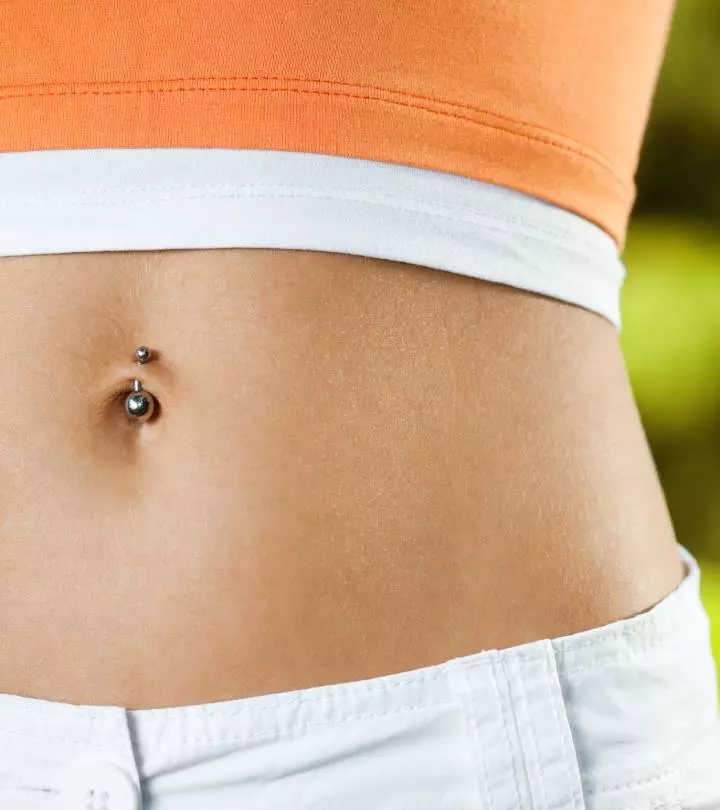




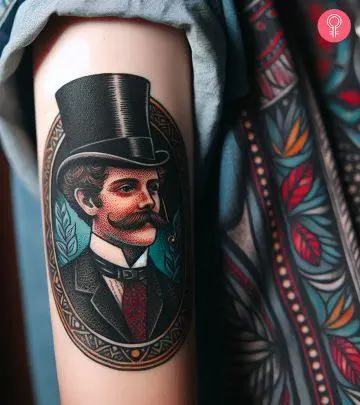


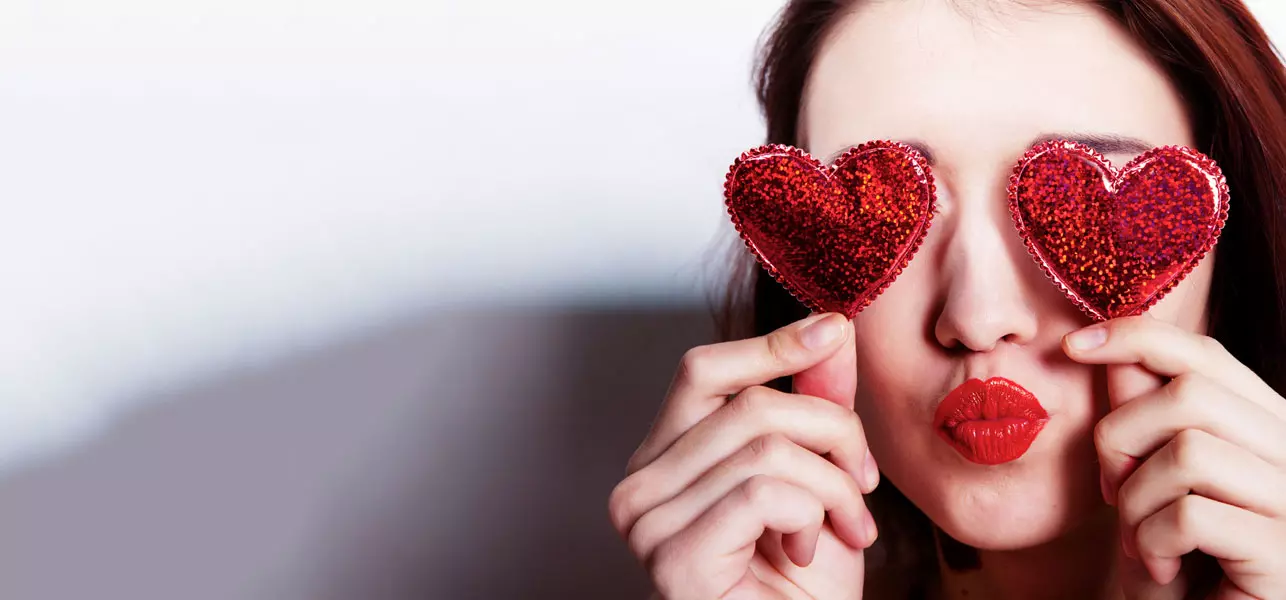

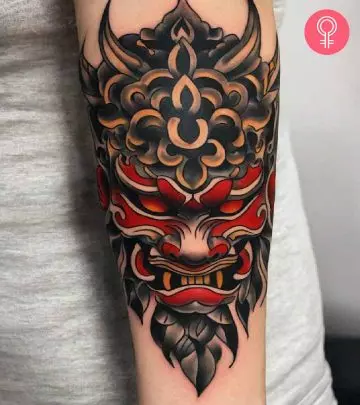
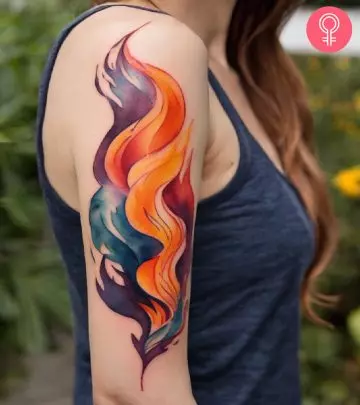
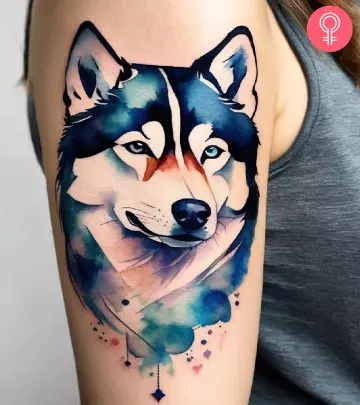

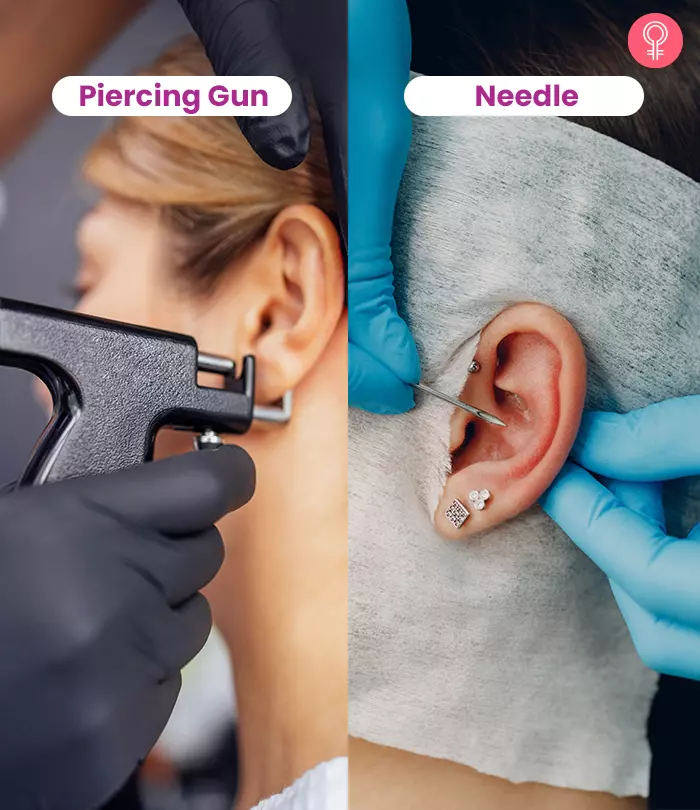

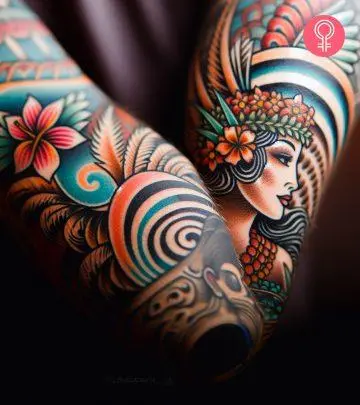
Community Experiences
Join the conversation and become a part of our empowering community! Share your stories, experiences, and insights to connect with other beauty, lifestyle, and health enthusiasts.